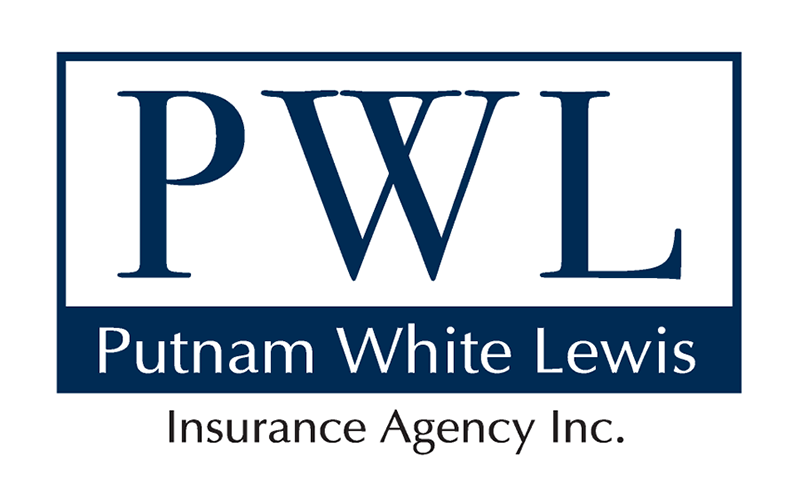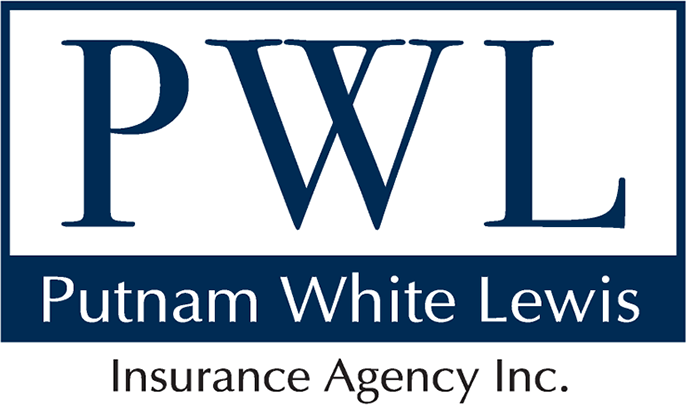Blog
Easy Steps to Insuring Holiday Valuables
Picture this: a cozy holiday scene with the warmth of family, the sparkle of a Christmas tree, and the joyful exchange of gifts. Amid the excitement, it's easy to forget the importance of...
Read more
Essential Tips for Winterizing Your Home
As Winter Approaches, Preparation is Key It's that time of year again when temperatures start to drop and days get shorter. The prospect of keeping your home warm and safe can be daunting, but a...
Read more
Deer Collisions: Fall Safety Tips for Drivers
The Hidden Dangers of Fall: Deer Collisions on the RiseThe beauty of fall is undeniable—the leaves transform into a kaleidoscope of colors, and the air turns crisp and inviting. However, with this...
Read more
Car Seat Safety During Child Passenger Safety Week
As a parent or caregiver, ensuring the safety of your child is always a top priority, especially when it comes to car travel. Child Passenger Safety Week, which takes place from September 21–27,...
Read more
August Traffic Safety Tips for Back-to-School Season
A Season of Excitement and CautionAs families gear up for the back-to-school season, August brings both excitement and stress. It's the time to dust off backpacks, sharpen pencils, and embrace new...
Read more
Certificate of Insurance vs. Endorsements: Key Insights
Understanding the Difference Between COIs and EndorsementsFor employers working with contractors, vendors, or third-party service providers, understanding insurance documentation is crucial. Two...
Read more
Prepare Your Property for Summer: Essential Home Upgrades
The Perfect Time for Home ImprovementsSummer is a golden opportunity for homeowners to enhance their properties. With pleasant weather and longer days, now is the ideal time to focus on projects...
Read more
Safety First: Bicycle and Motorcycle Awareness in May
Every May, we celebrate Bicycle and Motorcycle Safety Awareness Month, a time to refresh our road safety habits. Embracing these practices can significantly reduce accidents and ensure a smooth,...
Read more
Understanding Life Insurance Statistics for 2025
As we approach 2025, understanding life insurance trends becomes increasingly vital for individuals aiming to protect their families and secure their financial futures. Staying informed with...
Read more
Embrace Protection with Umbrella Insurance in March
March is National Umbrella Month, a time when we celebrate the humble umbrella's role in shielding us from unexpected downpours. Much like the physical umbrella protects us from the rain, umbrella...
Read more
Life Insurance: A Pillar for Business Continuity Plans
In today’s unpredictable business environment, resilience isn’t just an advantage; it’s a necessity. As companies navigate uncertainties, strategic planning and insurance solutions play a critical...
Read more
Things You Need to Tell Your Insurance Agent
When it comes to keeping your home insurance policy accurate and up to date, communication with your insurance agent is key. Regularly updating your agent about changes to your property or personal...
Read more
Why It’s Important to Inform Us of Life Changes
As your insurance provider, it’s crucial that we stay up-to-date with the important changes happening in your life. This ensures that your coverage reflects your current needs and protects the...
Read more
Why Your Property Insurance Premiums Are on the Rise
In recent years, many homeowners have faced a steep increase in their property and home insurance premiums. The rising costs have left many wondering why insurance is becoming so expensive and what...
Read more
Understanding Siding and Roof Restoration Coverage in Home Insurance
Homeowners often face significant challenges when it comes to maintaining the exterior of their homes, particularly the siding and roof. These components are crucial for protecting the house from...
Read more
Preparing Your Home for Storm Season: Essential Steps for Safety and Security
Storm season can bring unpredictable and severe weather, posing significant risks to your home and family. Proper preparation is crucial to minimize damage and ensure safety. Here’s how you can get...
Read more
Understanding the Rise in Auto Insurance Premiums: Key Factors
If you’ve noticed an increase in your auto insurance premiums recently, you’re not alone. Many drivers are experiencing higher costs for their car insurance, even if they haven’t had any recent...
Read more



















